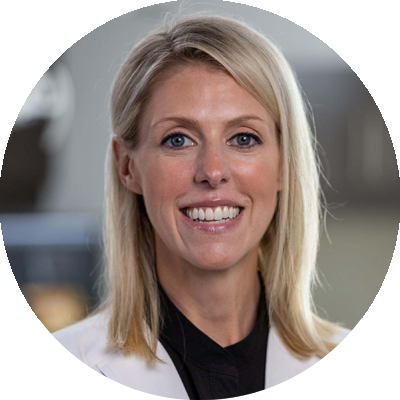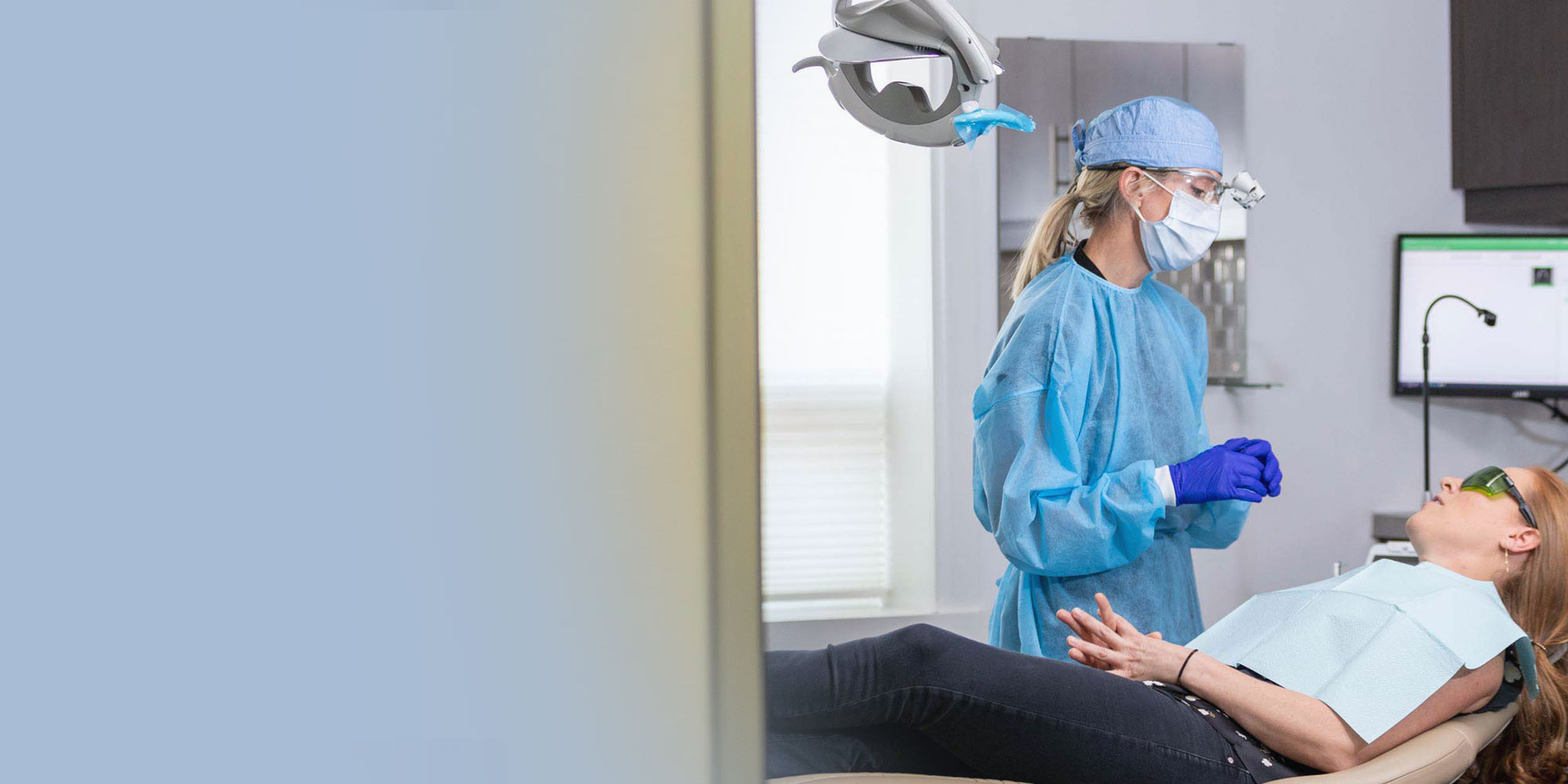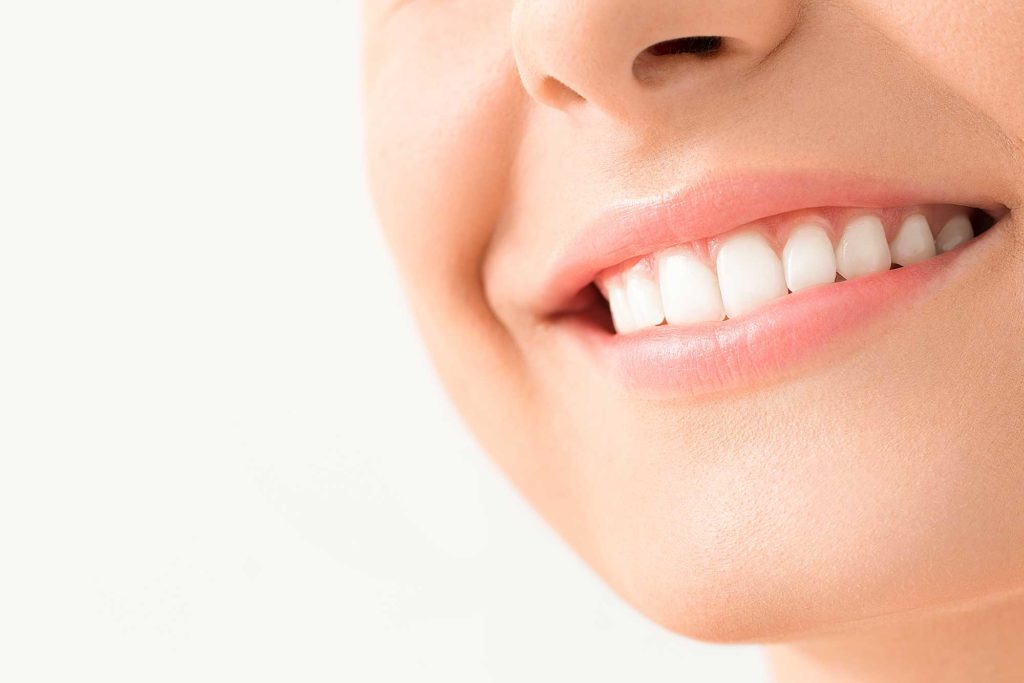
Tooth sensitivity, longer-looking teeth and changes to the appearance of your smile are symptoms of a common condition known as gum recession. When gum tissues recede from teeth or implants, the underlying roots or metal implant threads are exposed. Tooth roots do not have protective enamel, and are more susceptible to damage and sensitivity to the oral environment. Gum recession exposes yellow roots near the gums, giving the appearance of longer teeth and an aging smile. When gum recession threatens your smile, gum grafting is performed to regenerate receded tissue, cover tooth roots or implants, and restore a more healthy and youthful appearance.

Gum grafting is the process of adding tissue harvested from your own mouth (autogenous graft) or a safe, biocompatible donor source (allograft). The new tissue is placed in areas of gum recession, sutured to surrounding gum and integrates with existing tissue to restore the gum line to a healthier level. We offer a number of grafting techniques to address the gum recession needs of our patients.
Using this gum recession treatment technique, Dr. Anderson creates spaces (“tunnels”) beneath the gum tissue papilla. Gum grafting material is then threaded through the tunnels and held in place with sutures. This minimally invasive approach is ideal for treating multiple areas of gum recession.
With this gum grafting technique, Dr. Anderson gently loosens the gum in receded areas and moves this tissue to more appropriate position on the tooth. A connective tissue graft (tissue retrieved from beneath the top layer of tissue on the roof of your mouth) or allograft (sterile collagen) may be used to enhance gum recession treatment success.
A type of coronally advanced flap approach, the semilunar grafting technique creates a half-moon shape incision in the tissue directly above or below an area of gum recession. The center portion is then extended to cover exposed roots, while the corner areas remain attached. Adequate tissue must be available for this gum grafting technique.
A free gingival gum graft utilizes tissue from within your own mouth (the hard palate), and incorporates this nutrient-rich sample into areas of gum recession.
This technique sources your own tissue, located directly next to the tooth in need. Dr. Anderson gently frees a section of tissue that is in abundance, and stretches it over exposed root surfaces on an adjacent tooth.


As a periodontist, Dr. Lauren Anderson has advanced training and expertise in treating gum recession. She applies precision and refined skill to gum grafting procedures, using a vast array of specialized techniques. Certified in IV and oral sedation, Dr. Anderson offers the comfortable gum recession care you need to enjoy a healthy, lasting smile.
I understand the information disclosed in this form may be subject to re-disclosure and may no longer be protected by HIPAA privacy regulations and the HITECH Act.
